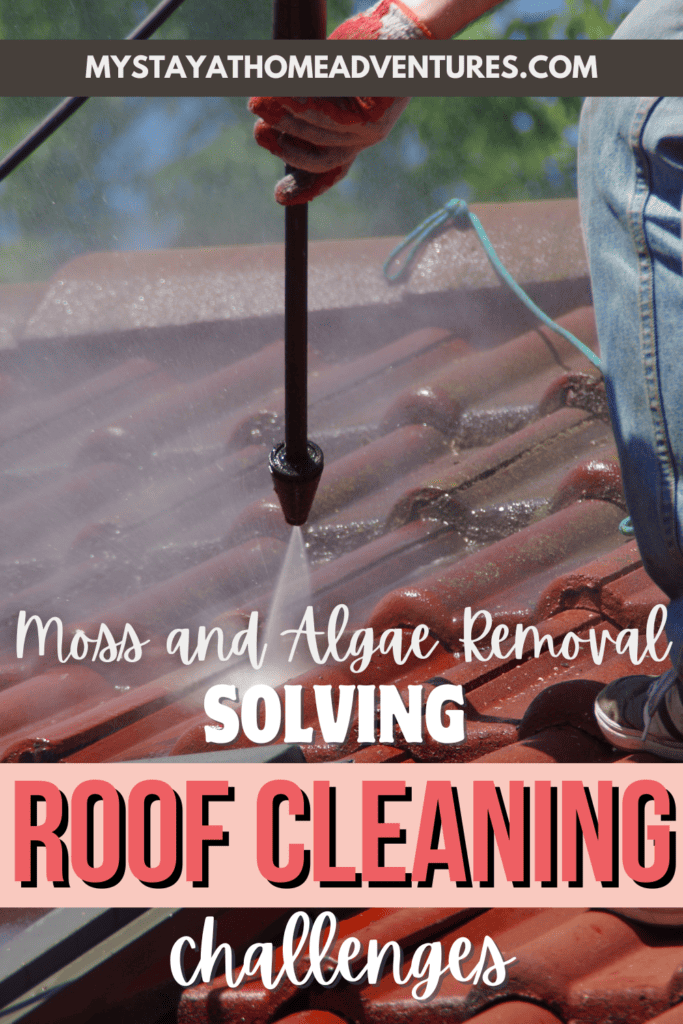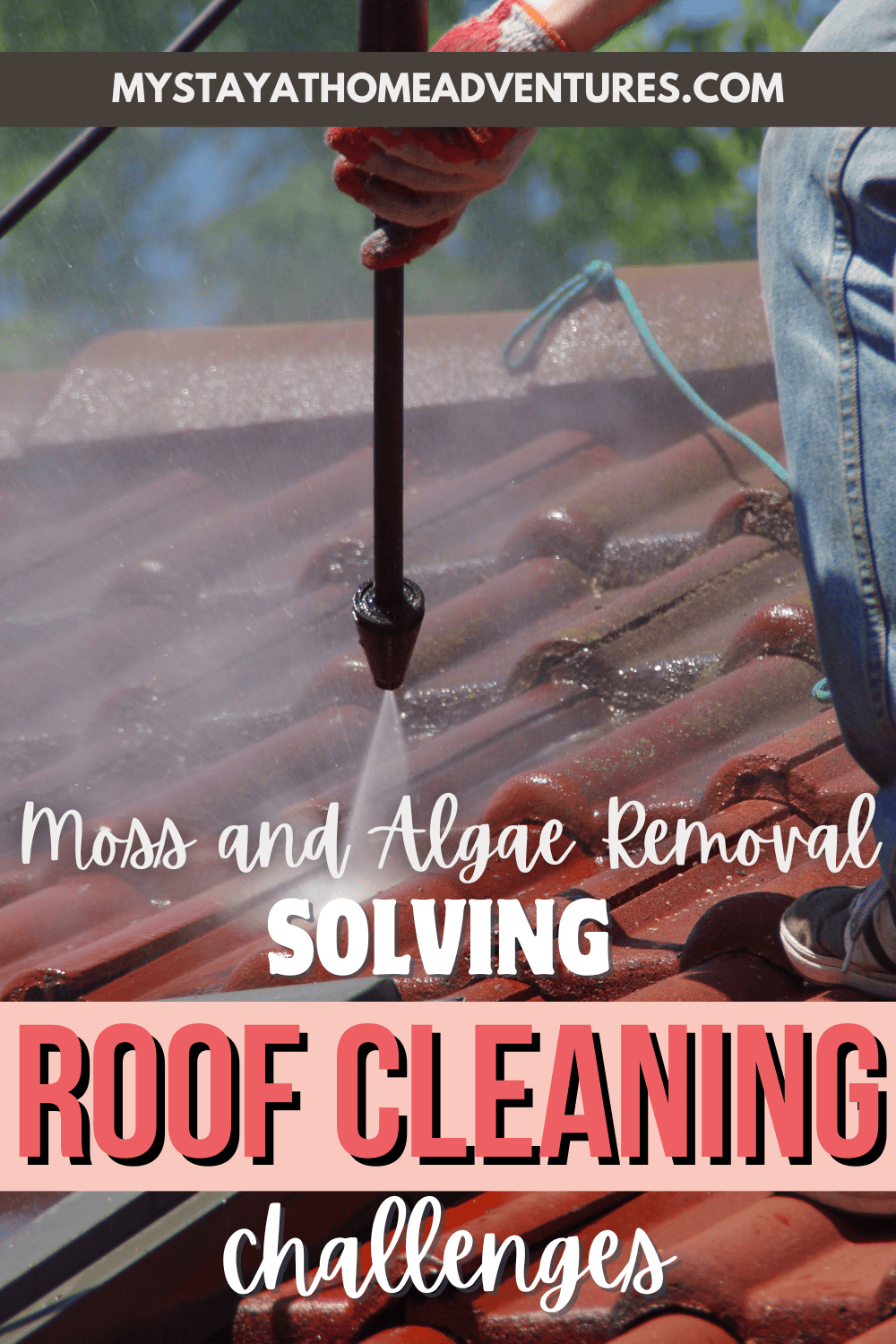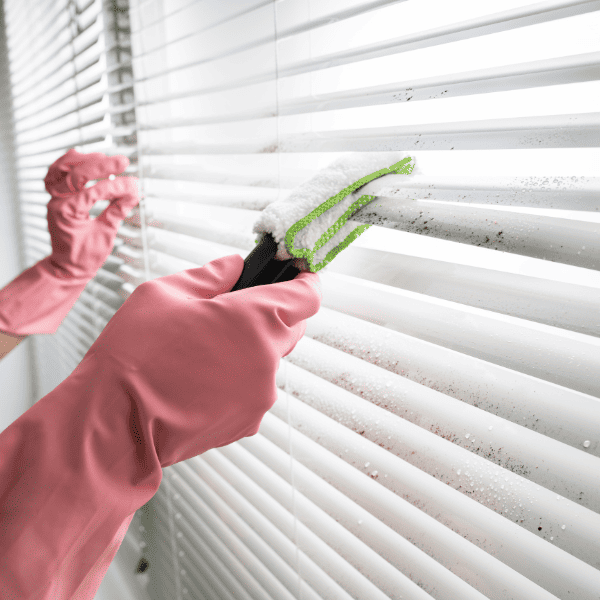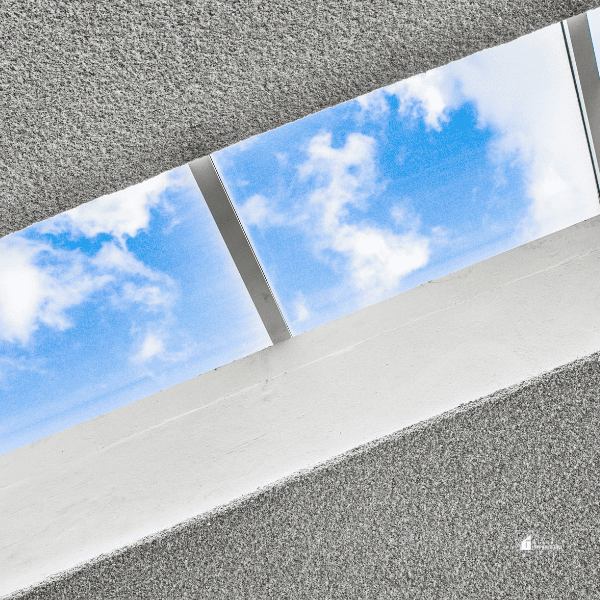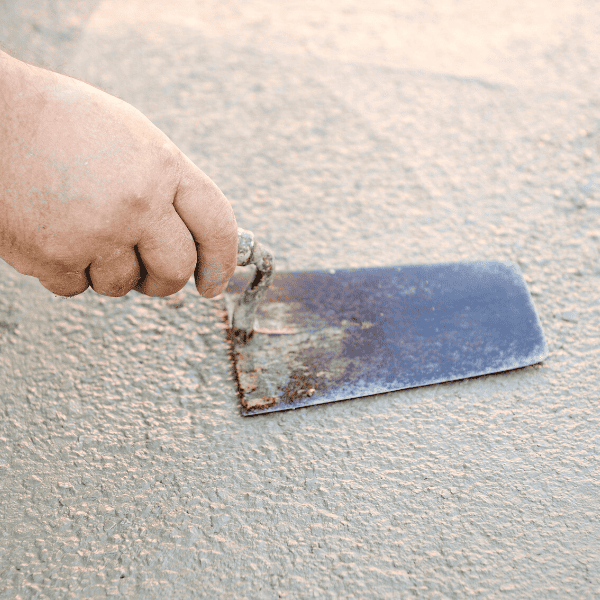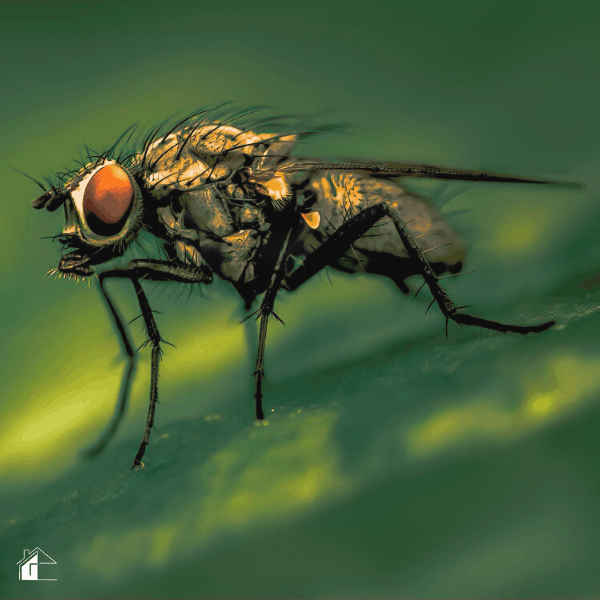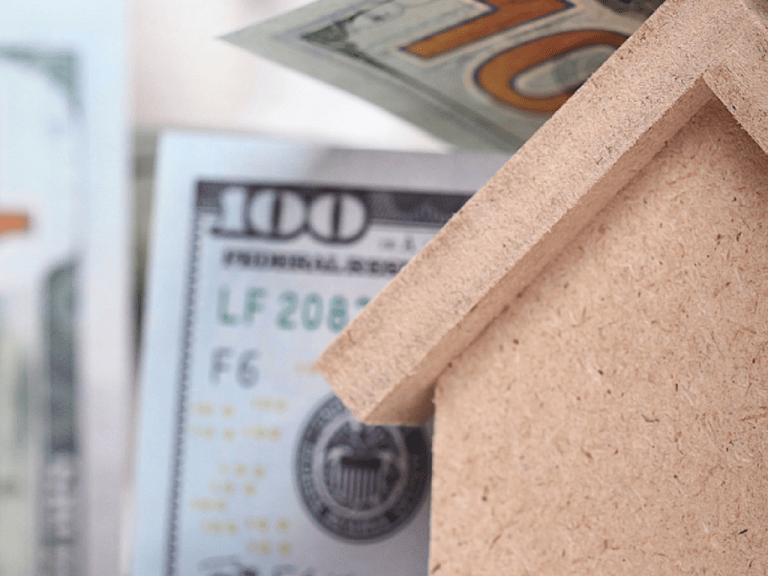Moss and Algae Removal: Solving Roof Cleaning Challenges
This post may contain affiliate links which might earn us money. Please read my Disclosure and Privacy policies hereWhen we think about home maintenance, we often focus on tasks like mowing the lawn, painting the walls, or fixing leaky pipes. But one crucial aspect of your home that often goes overlooked is the roof. Your roof plays a vital role in protecting your home from the elements, and keeping it clean and free from moss and algae is essential for its longevity. For homeowners dealing with this dilemma, contacting a professional roofing contractor in Machesney Park IL can help ensure safe and effective removal, while also offering solutions to prevent future growth.
Let's explore the challenges of moss and algae on your roof and provide you with effective roof cleaning solutions to keep it in tip-top shape.
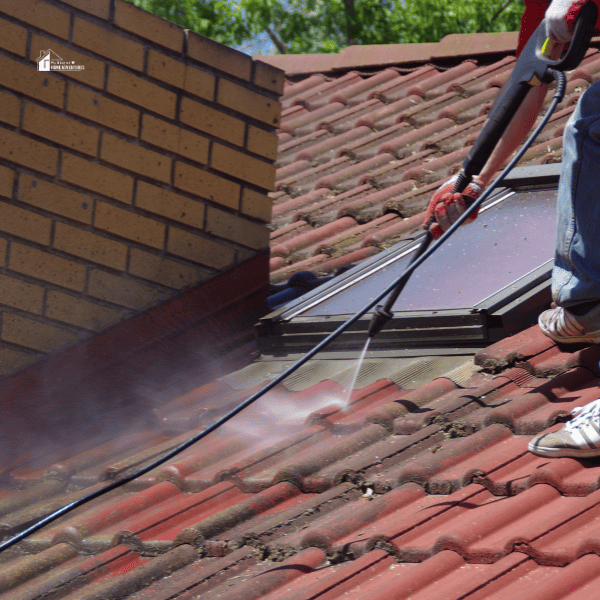
The Silent Invaders: Moss and Algae
What Are Moss and Algae?
Moss and algae are common plant organisms that thrive in moist, shaded environments. They can make your roof their home if the conditions are right. Moss typically appears as green or brownish tufts, while algae manifest as dark streaks or stains. These invaders not only make your roof look unsightly but also pose potential damage risks.
Why Are They a Problem?
- Aesthetic Concerns – Moss and algae can significantly detract from your home's curb appeal. A moss-covered roof can make your house look neglected and unattractive.
- Structural Damage – Moss and algae can damage your roof's structural integrity over time. Moss, in particular, can work its way into cracks and crevices, causing shingle or tile damage.
- Reduced Lifespan – The presence of moss and algae can shorten the lifespan of your roofing material. This can result in costly repairs or even a full roof replacement.
Now that we understand the challenges, let's dive into how you can effectively remove and prevent moss and algae on your roof.
Removing Moss and Algae
Safety First
Before you start removing moss and algae from your roof, it's crucial to ensure your safety:
- Use a sturdy ladder with rubber feet to prevent slipping.
- Wear appropriate safety gear, including non-slip shoes, gloves, and eye protection.
- Avoid working on your roof during wet or icy conditions.
Tools and Materials
You'll need a few tools and materials to get the job done:
- Stiff-bristle brush or broom
- Garden hose with a spray nozzle
- Moss and algae cleaner (available at most hardware stores)
- Safety gear (as mentioned above)
- Plastic sheeting to protect plants and landscaping
Step-by-Step Moss and Algae Removal
- Prepare the Area – Lay plastic sheeting over any plants or landscaping near the roof to protect them from the cleaning solution.
- Sweep Away Debris – Use a stiff-bristle brush or broom to gently sweep away loose debris, leaves, and twigs from the roof's surface.
- Apply Cleaner – Follow the manufacturer's instructions for your chosen moss and algae cleaner. Typically, you'll mix it with water and spray it evenly on the affected areas.
- Let It Sit – Allow the cleaner to sit for the recommended amount of time, usually around 15-20 minutes. This gives it time to penetrate and loosen the moss and algae.
- Scrub and Rinse – Use your brush or broom to scrub away the moss and algae gently. Start from the top and work your way down. Then, rinse the roof thoroughly with a garden hose.
- Prevent Future Growth – To prevent moss and algae from returning, consider installing zinc or copper strips near the roof's peak. Rainwater will carry trace elements of these metals down the roof, inhibiting moss and algae growth.
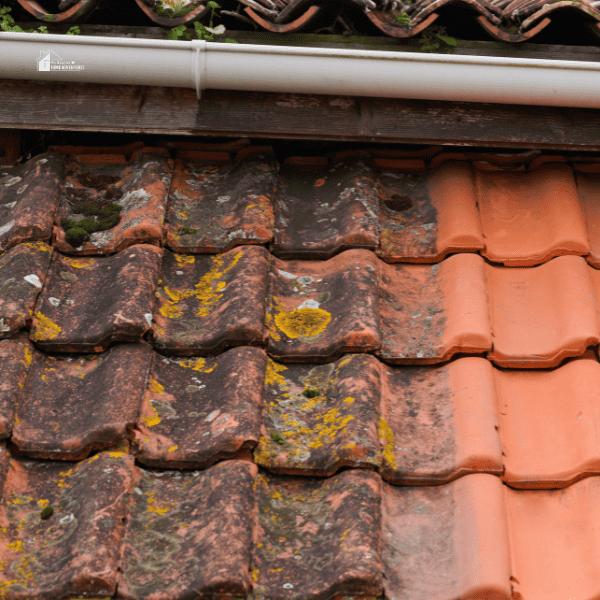
Preventing Moss and Algae Growth
Prevention is the key to maintaining a moss and algae-free roof. Here are some proactive steps you can take:
- Trim Overhanging Branches – Overhanging branches provide shade and moisture, creating an ideal environment for moss and algae. Trim these branches to allow more sunlight and airflow to reach your roof.
- Regular Cleaning – Schedule regular roof cleaning sessions, especially in areas prone to moss and algae growth. This can help prevent a significant buildup.
- Maintain Proper Drainage – Ensure your roof's drainage system is functioning correctly. Proper drainage will help keep your roof dry and less hospitable to moss and algae.
- Install Zinc or Copper Strips – As mentioned earlier, these metal strips can help prevent moss and algae growth by releasing trace elements that inhibit their development.
Frequently Asked Questions (FAQ)
Q1: Can I use bleach to remove moss and algae from my roof?
A1: While bleach can be effective, it can also be harmful to your roofing material and the environment. It's recommended to use a specialized moss and algae cleaner designed for roof cleaning.
Q2: How often should I clean my roof to prevent moss and algae?
A2: Cleaning your roof annually or semi-annually, depending on your climate and the severity of moss and algae growth, is a good practice for prevention.
Q3: Can I remove moss and algae myself, or should I hire a professional?
A3: You can remove moss and algae yourself if you're comfortable with heights and have the necessary safety equipment. However, hiring a professional roof cleaning service is often a safer and more effective option.
Conclusion
Moss and algae on your roof can be a daunting challenge, but with the right tools, materials, and preventive measures, you can keep your roof clean and free from these silent invaders. Regular maintenance and attention to detail will not only enhance your home's appearance but also extend the lifespan of your roof. So, take the time to care for your roof, and it will continue to protect you and your family for years to come.
